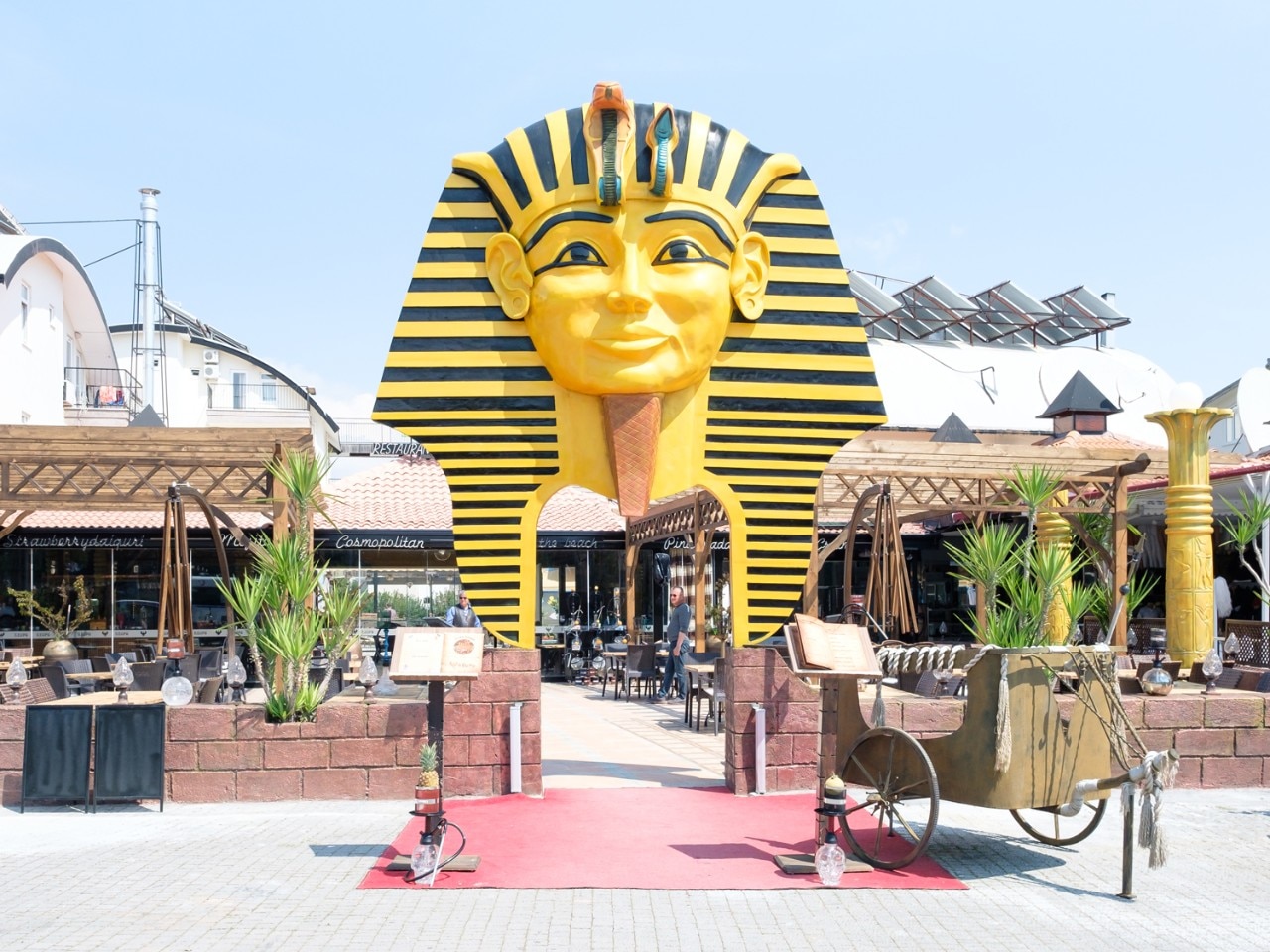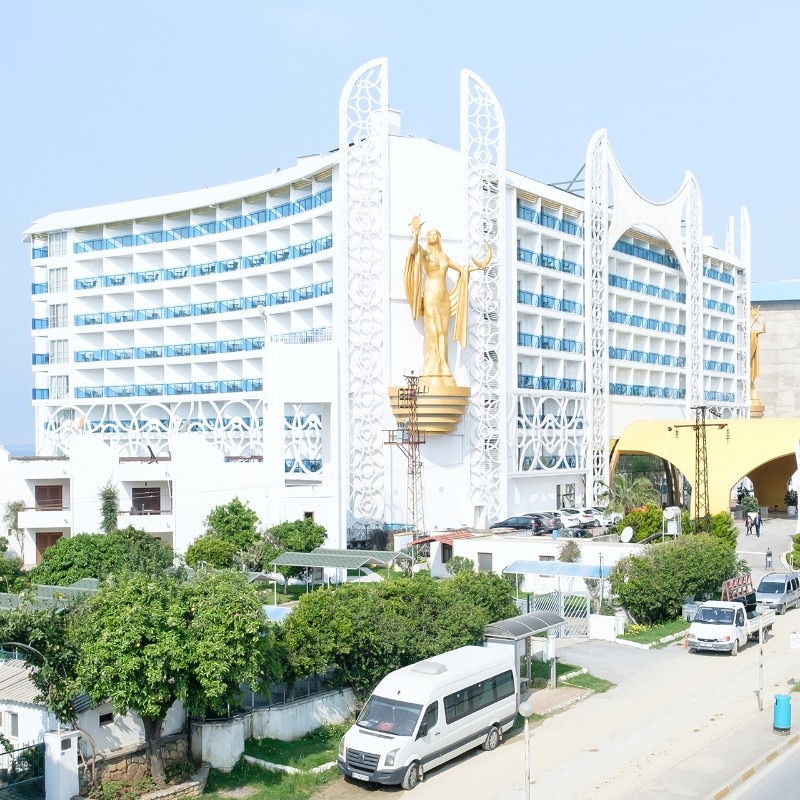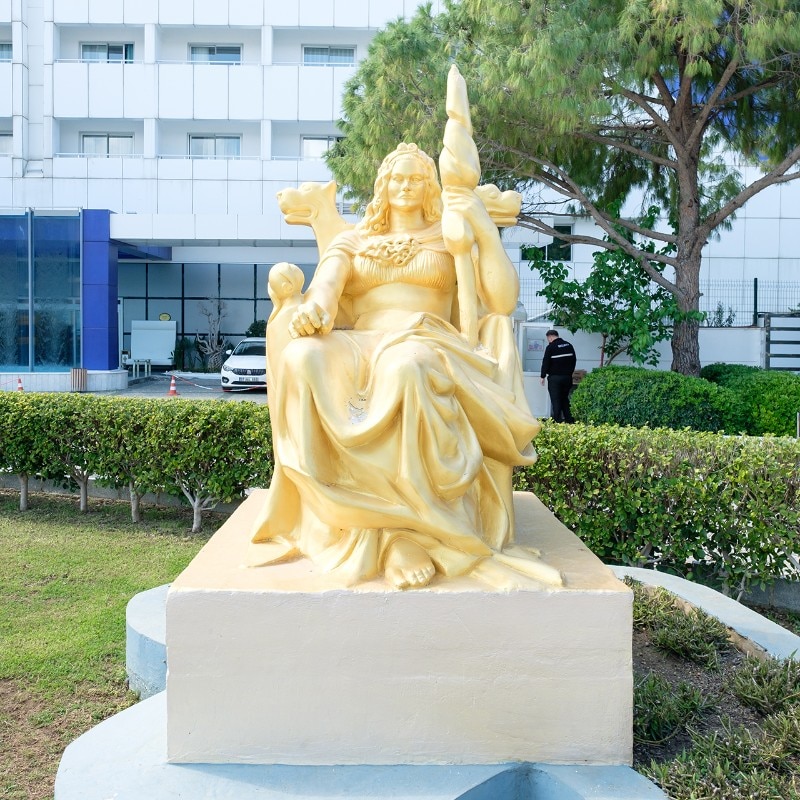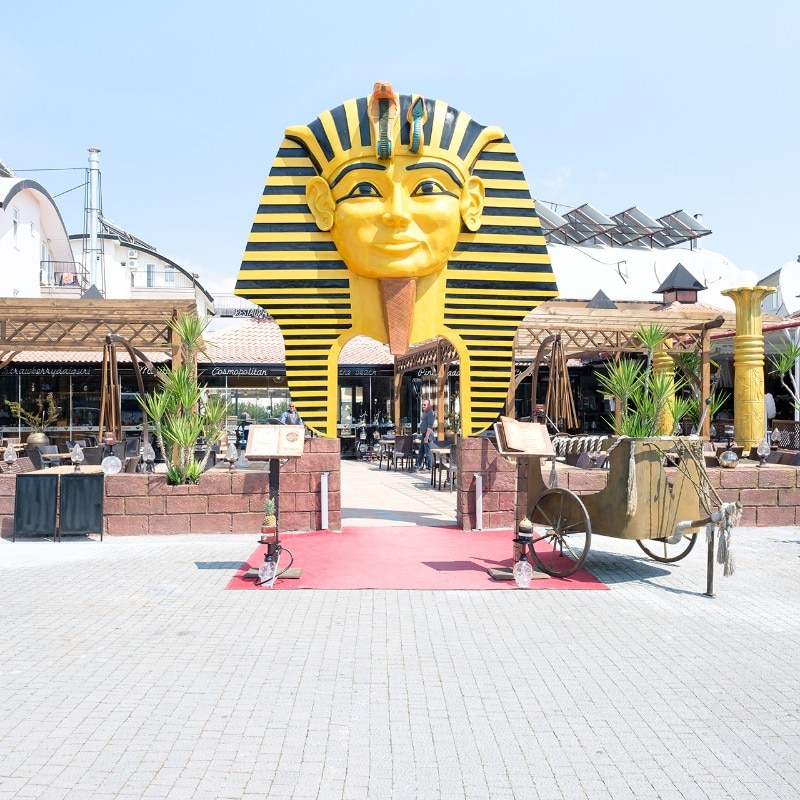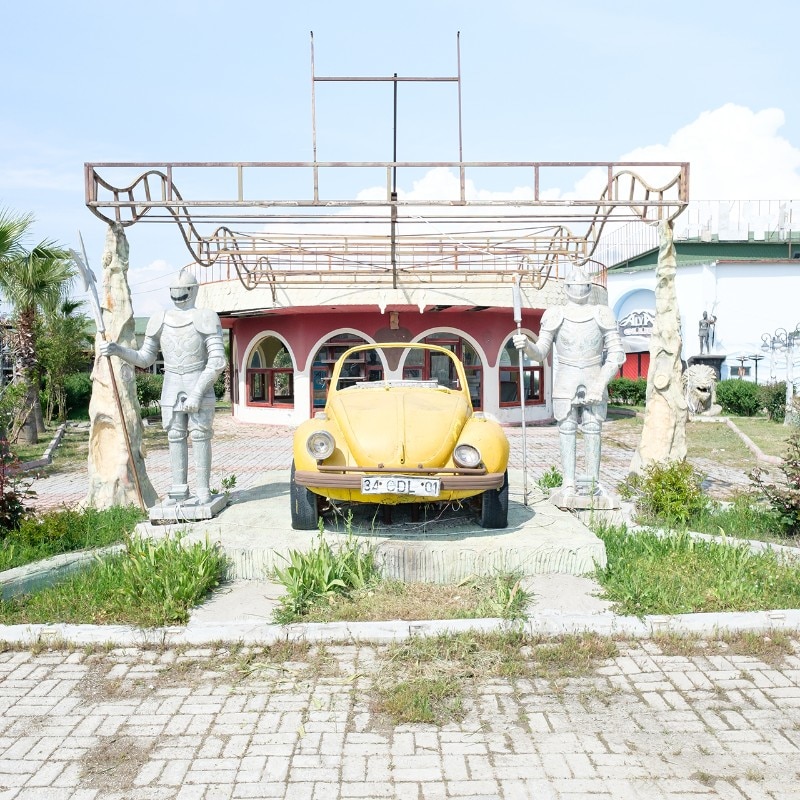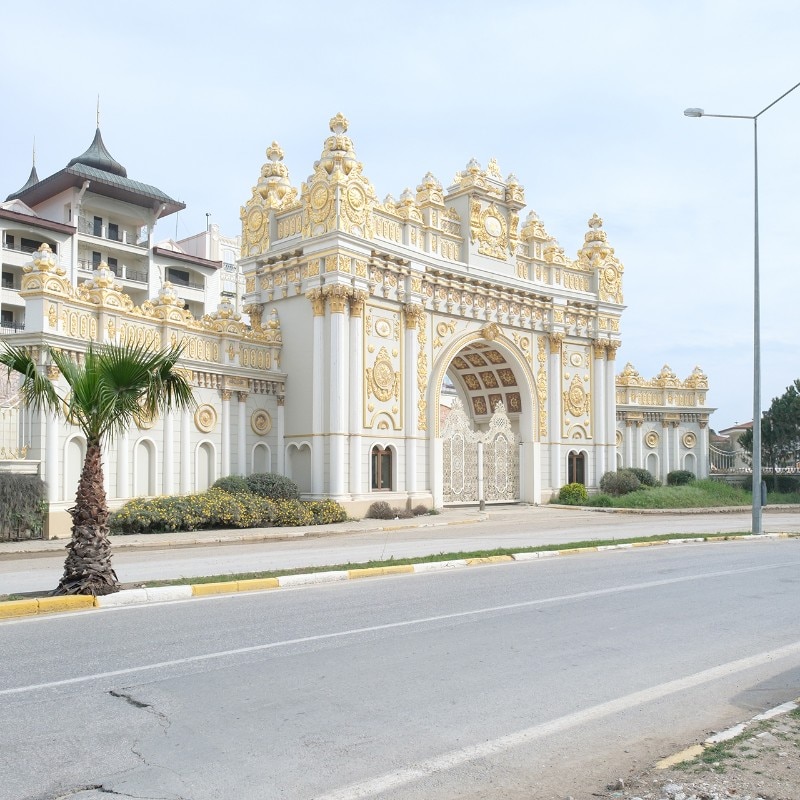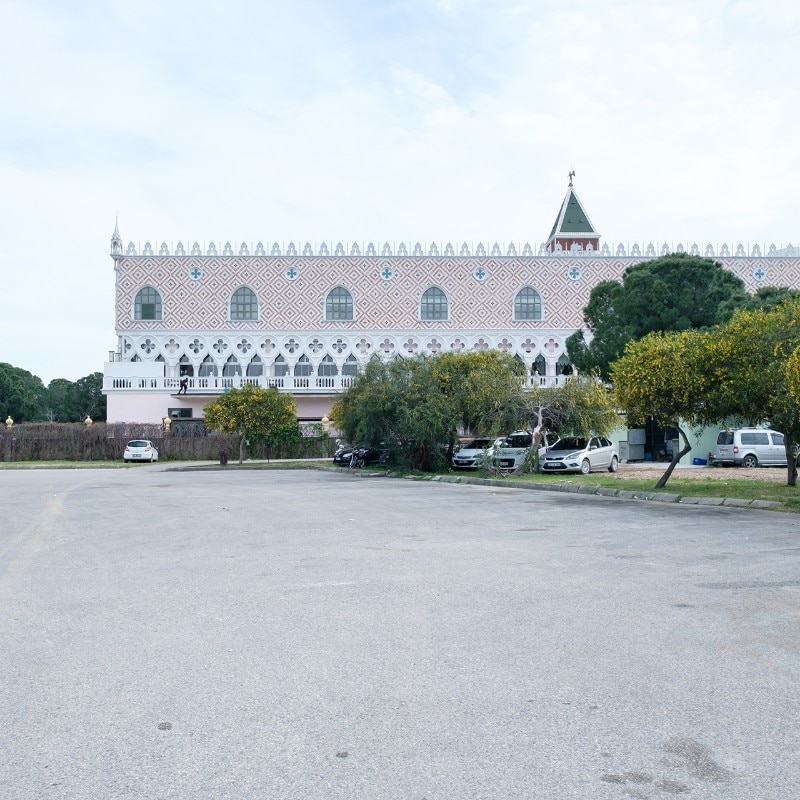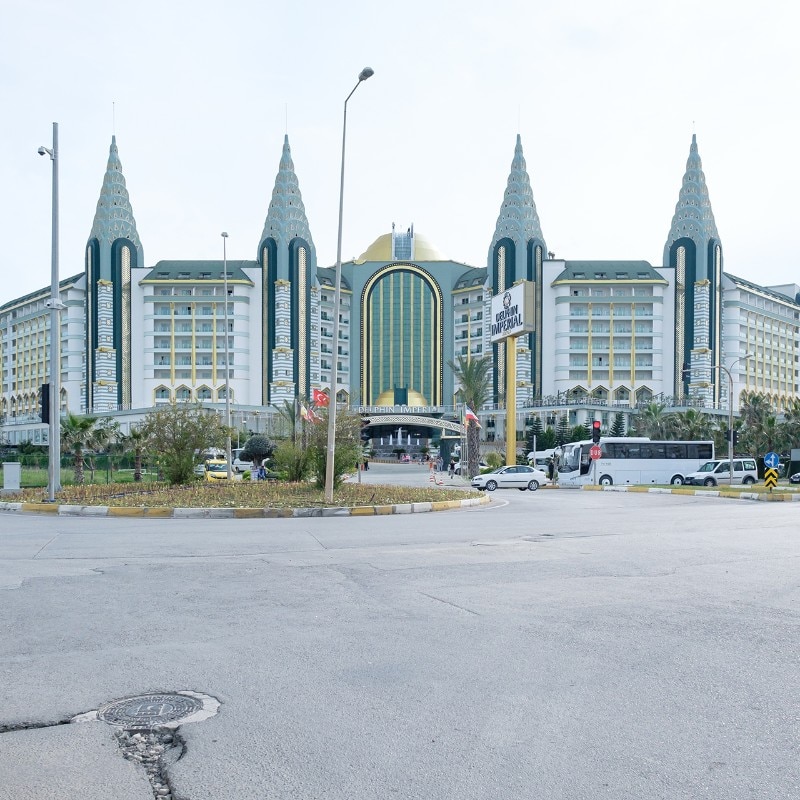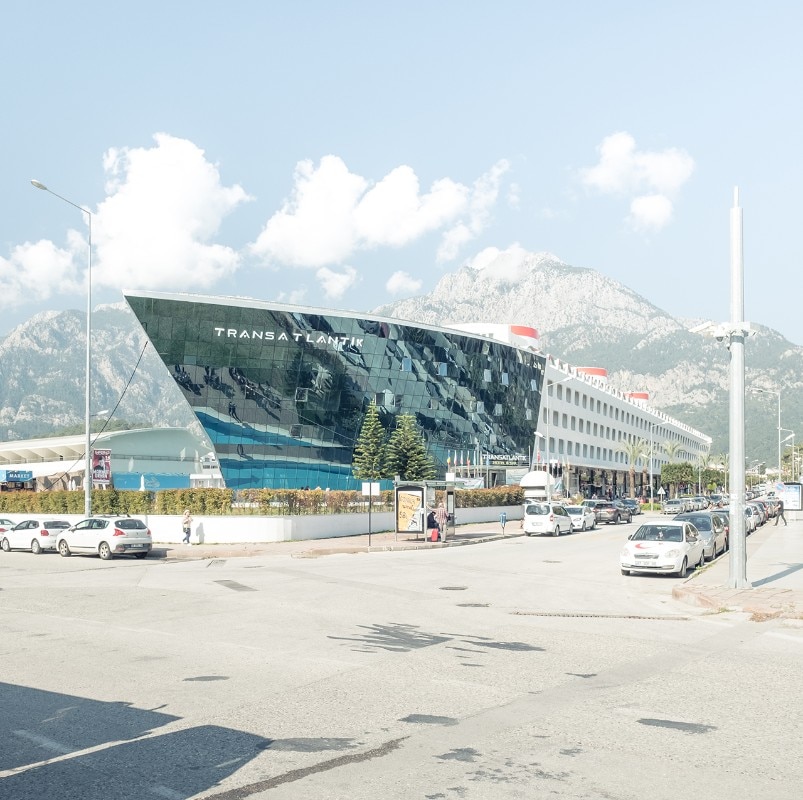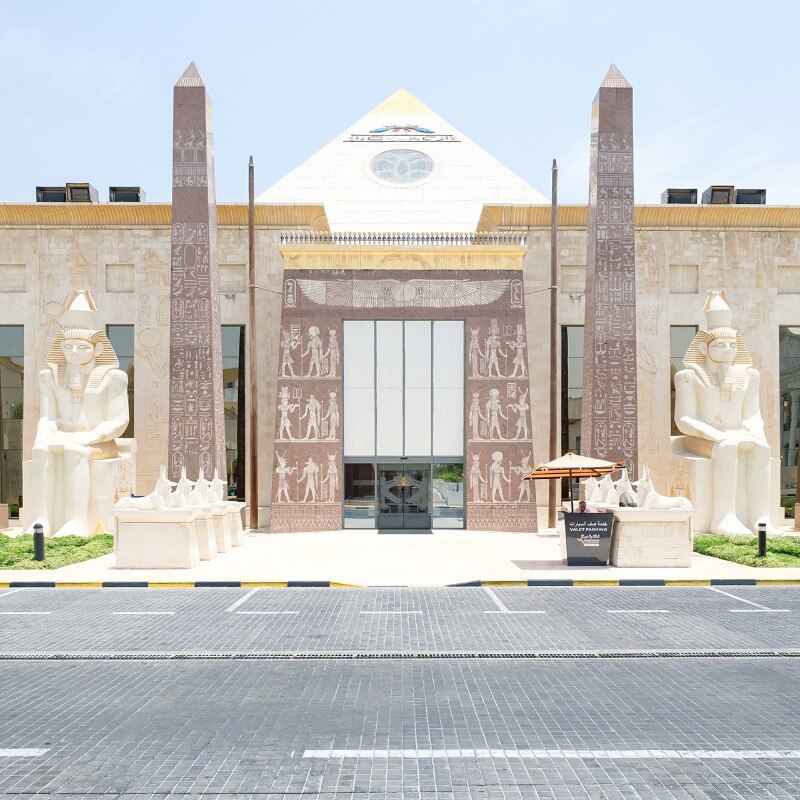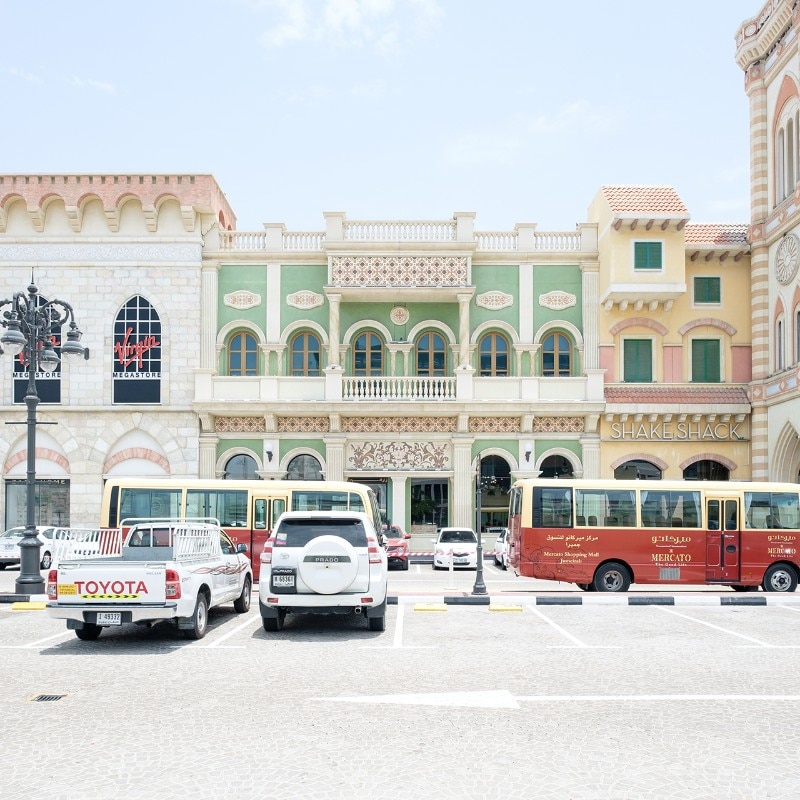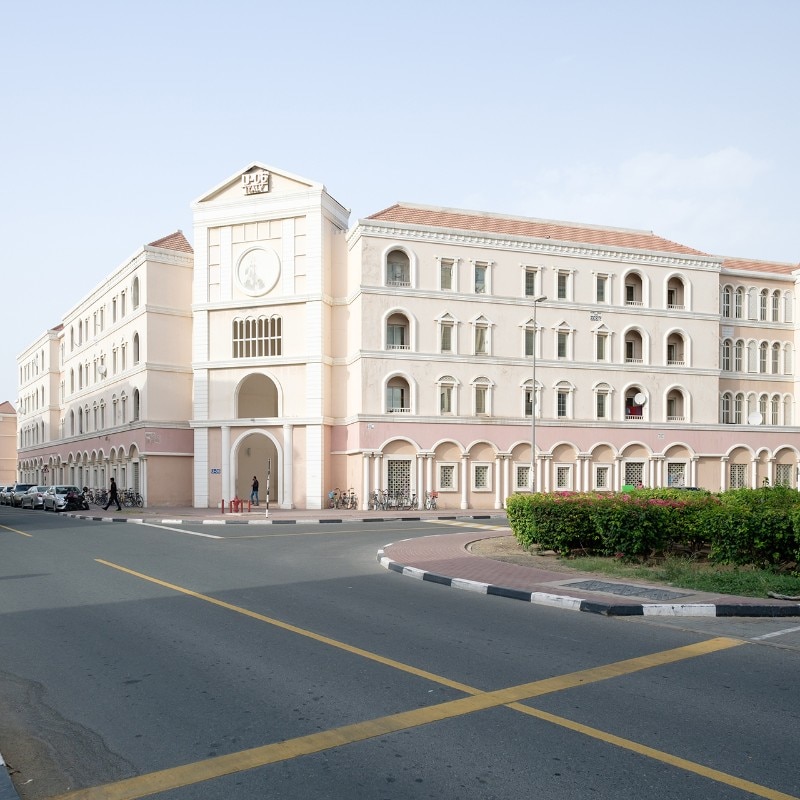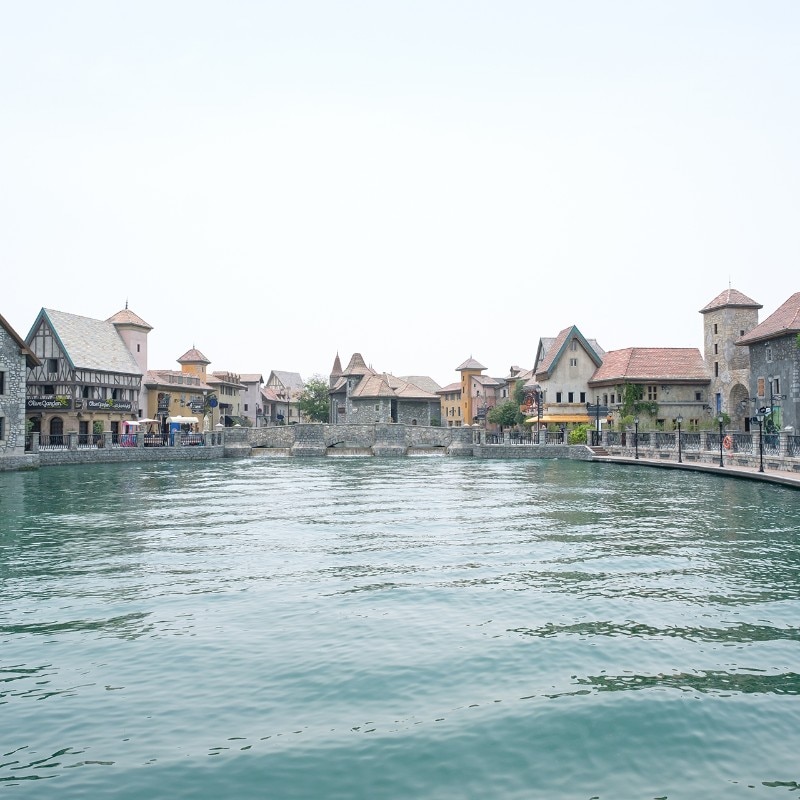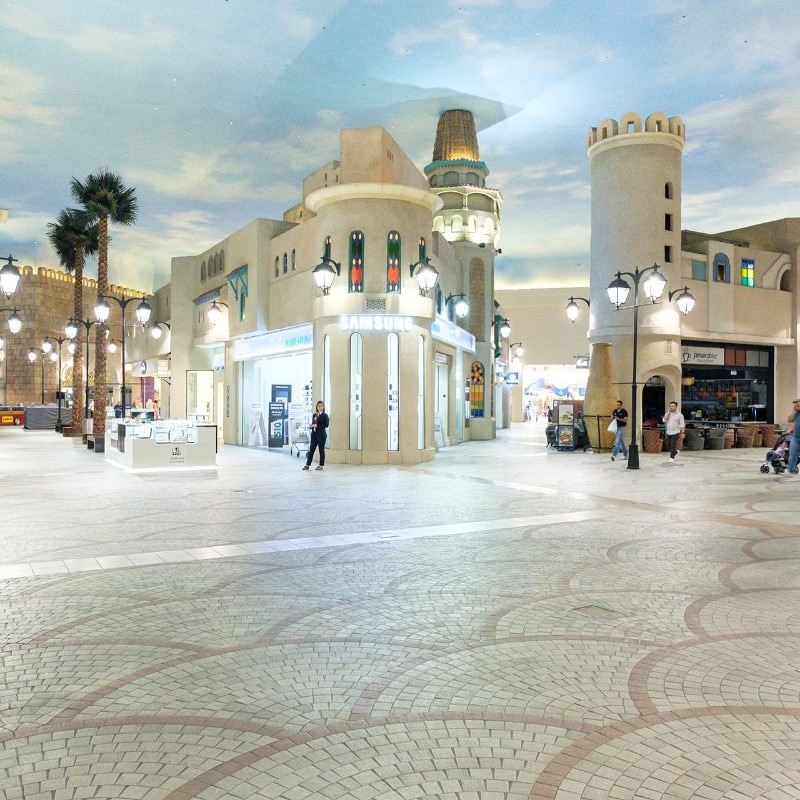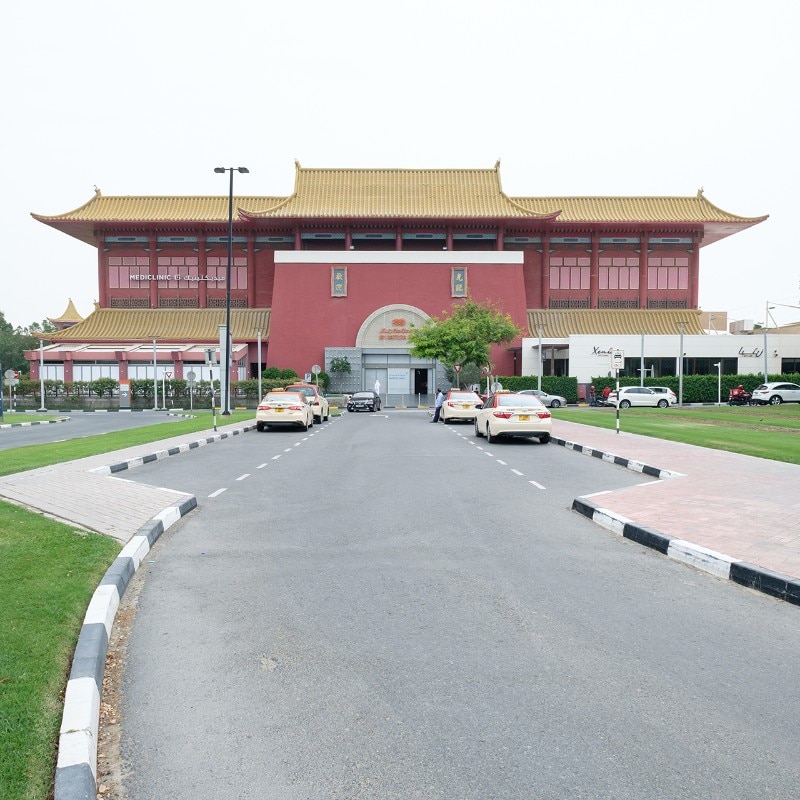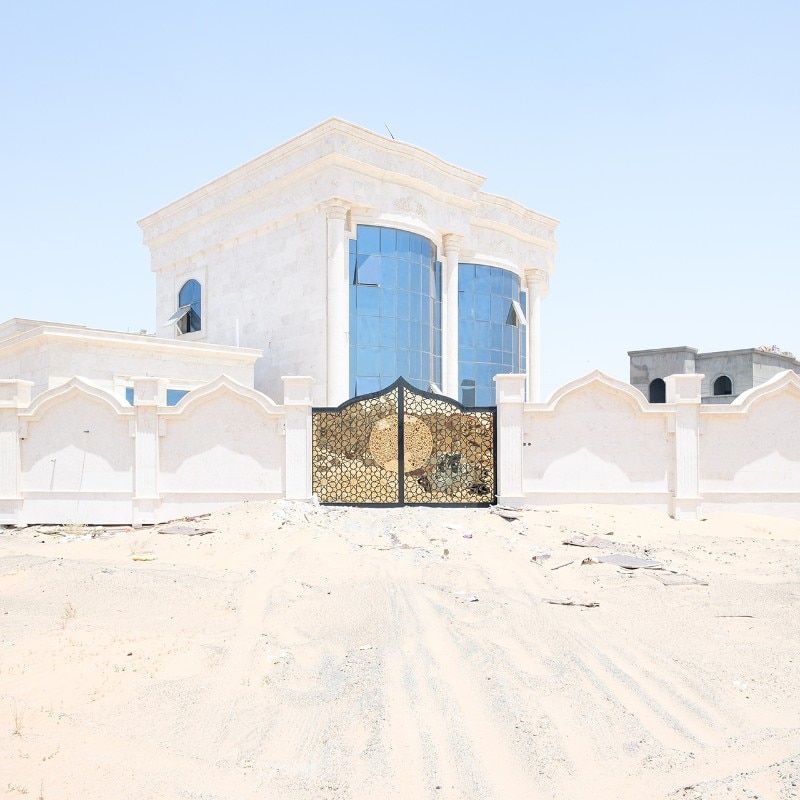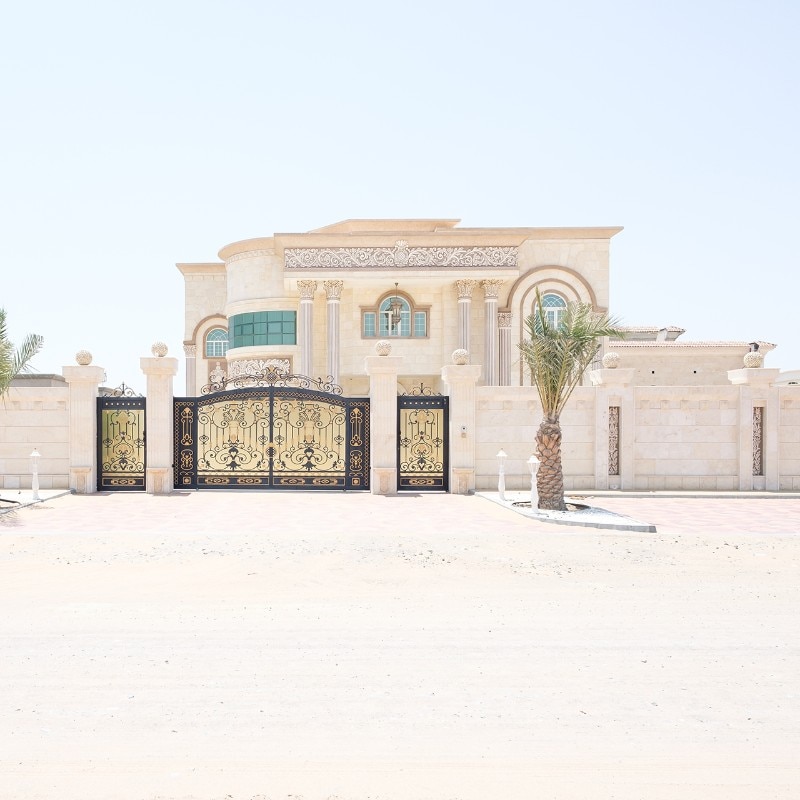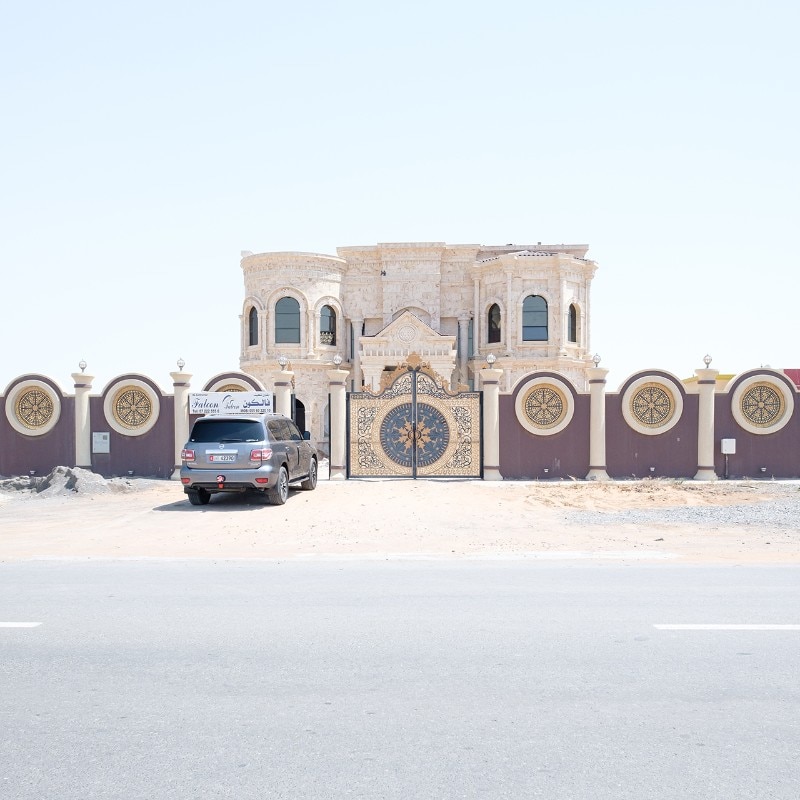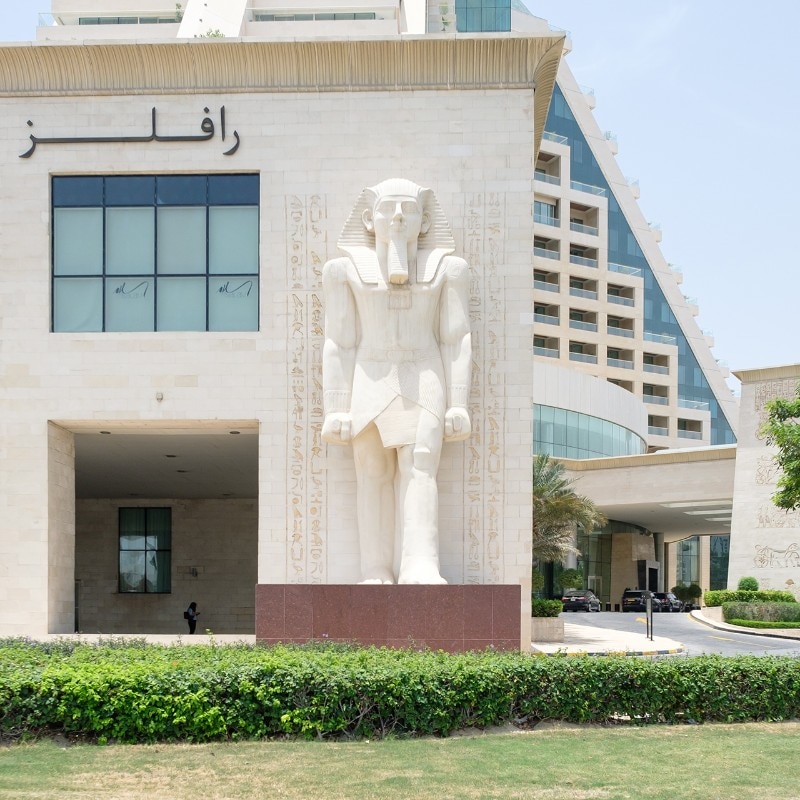The word "kitsch" comes from the German "discard" (or, according to other interpretations, from the English sketch). This term was used in the 19th century to define the commercialised work of art, the accessibility of which undermined its uniqueness. As a mass phenomenon, kitsch has the merit of having given people a means of re-appropriating art, but falsifying it.
This "ambiguous condition of taste" was discussed at length by the critic Gillo Dorfles, who in 1968 published the famous book Il Kitsch. An Antologia del cattivo gusto.
“Cultural industrialisation – says Dorfles – extended to the world of artistic images has brought with it an exasperation of the traditional distinctions between the different socio-cultural strata. Mass culture has come to acquire very different characteristics (at least apparently) from elite culture, and has made kitsch itself far more ubiquitous and triumphant than art itself.”
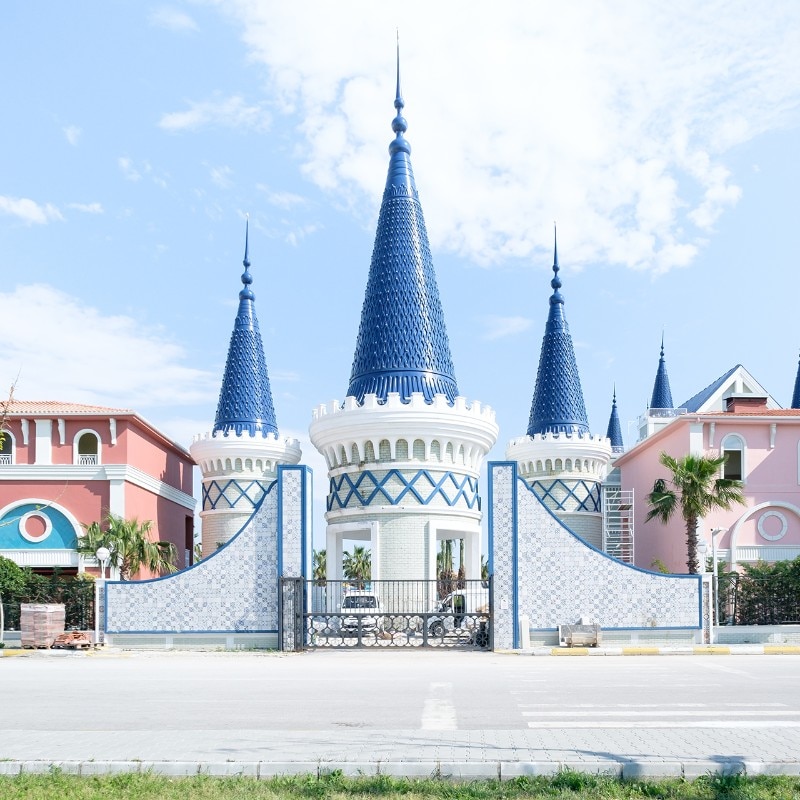
But what about Kitsch in contemporary architecture? This is the question asked by French photographer Loïc Vendrame in a visual investigation conducted in Turkey and the United Arab Emirates.
His photographic series The Age of Kitsch captures contemporary urban spaces in which there are elements (or entire complexes of buildings) that falsify history, freely mixing different styles and histories: from the Egypt of the Pharaohs to Ancient Greece, from the Baroque to Orientalism.
“Kitsch is used to create imaginary worlds, calling for a journey inside the journey. The architecture is staged like a 'living museum', producing an exotic attraction where (mainly) tourists can escape from everyday reality by offering a new experience of a bygone past,” says Vendrame.
Born in 1989, geographer and self-taught photographer, Loïc Vendrame was firstly attracted by contemporary architecture. Since 2016, his photographic work has shifted towards the study of the dynamics and changes of urban and peri-urban landscapes, especially through a monographic photo study documenting abandoned, stopped or under-utilized modern spaces around the world. He shoots with a Fujifilm XT-2 and a Fuji XF 14mm F/2.8.


